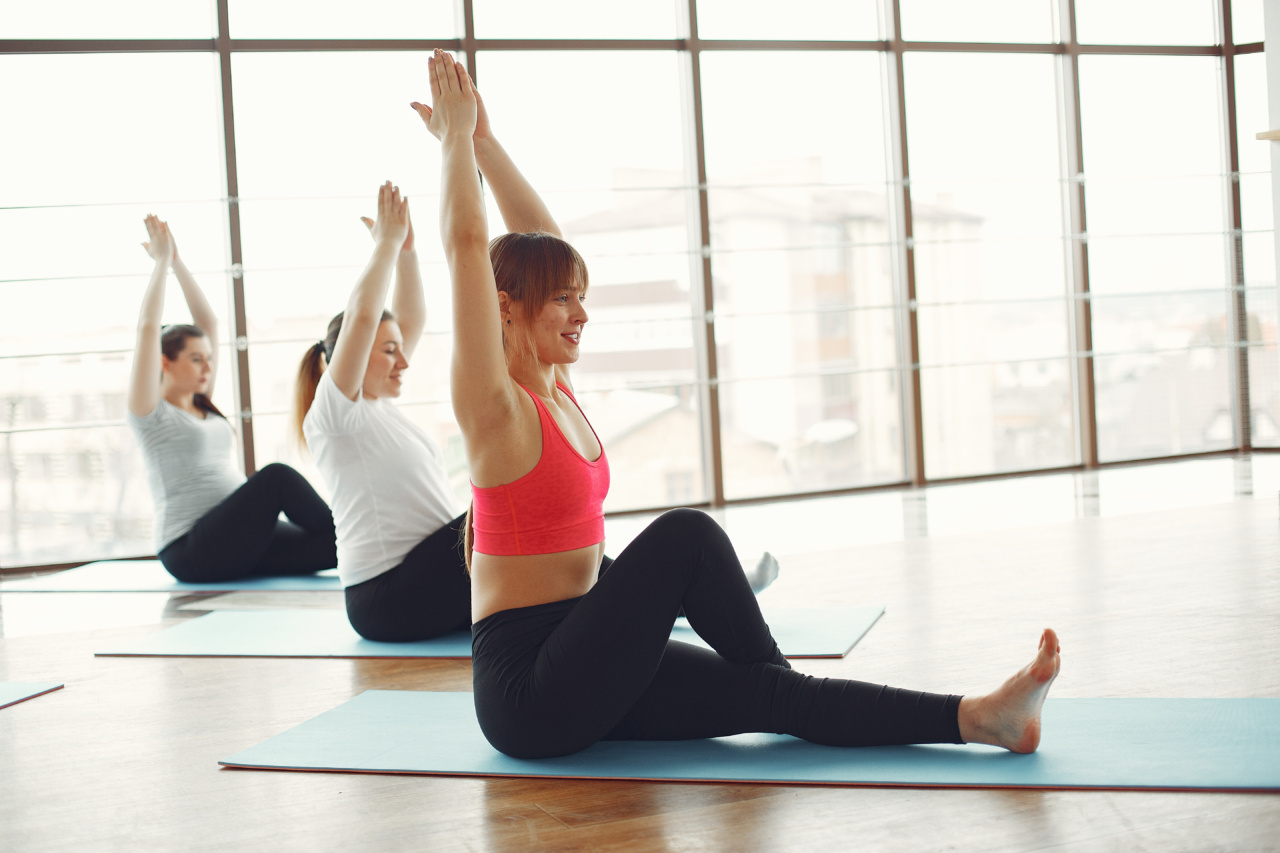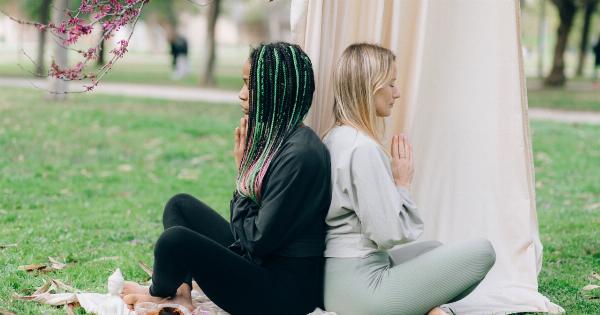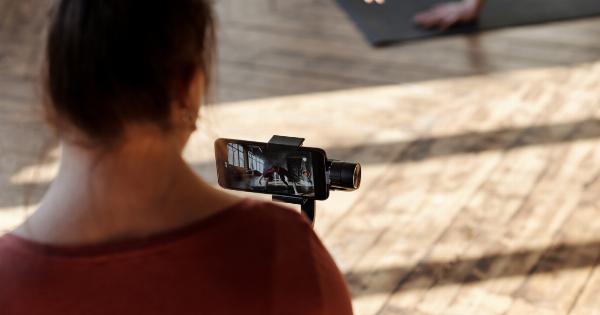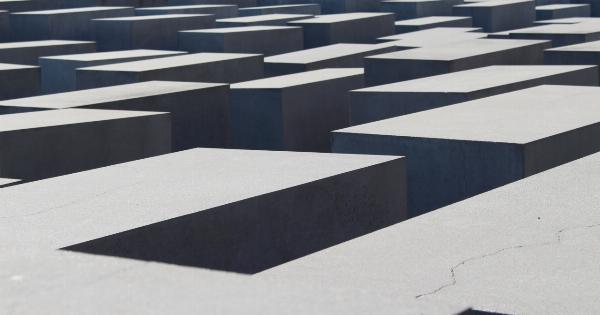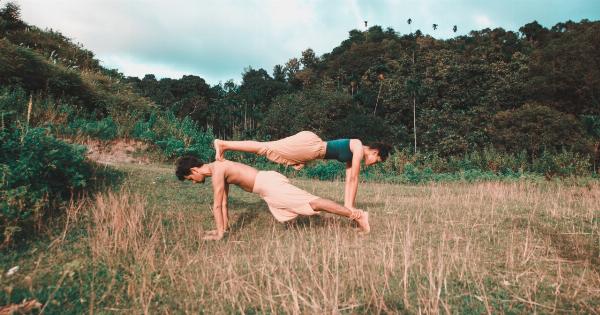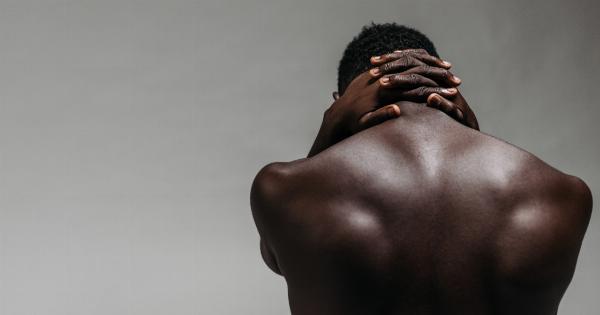Spinal curvature, also known as scoliosis, is a condition that affects the natural alignment of the spine. It can cause discomfort, pain, and limited mobility.
While there are various treatment options available, yoga has been found to be an effective and holistic approach in managing and improving spinal curvature. In this article, we will explore how yoga can benefit individuals with spinal curvature and suggest some yoga poses that can help alleviate symptoms.
Understanding Spinal Curvature
Spinal curvature is characterized by an abnormal sideways curvature of the spine. This condition typically develops during adolescence, although it can occur at any age.
There are different types and degrees of spinal curvature, ranging from mild to severe cases. While the exact cause of spinal curvature is often unknown, factors such as genetics, muscle imbalance, and poor posture can contribute to its development.
The Role of Yoga in Spinal Curvature
Yoga offers numerous benefits for individuals with spinal curvature. It helps improve posture, increases flexibility, strengthens core muscles, and enhances overall body awareness.
By practicing yoga regularly, individuals with spinal curvature can experience relief from pain, improved alignment, and increased mobility. Additionally, yoga promotes relaxation and stress reduction, which can be beneficial for managing the emotional impact of living with spinal curvature.
Yoga Poses for Spinal Curvature
When practicing yoga for spinal curvature, it is important to focus on poses that stretch and strengthen the back muscles while promoting proper spinal alignment. Here are some yoga poses that can be particularly beneficial:.
1. Cat-Cow Pose
The cat-cow pose helps to increase spinal flexibility and strengthen the core muscles. Start on all fours with a neutral spine. Inhale and arch your back, lifting your chest and tailbone towards the ceiling (cow pose).
Exhale and round your back, dropping your head and tailbone towards the floor (cat pose). Repeat this movement for several rounds, coordinating it with your breath.
2. Downward Facing Dog
Downward facing dog is a full-body stretch that helps elongate the spine and strengthen the back and shoulder muscles. Start on your hands and knees, then lift your hips up and back, straightening your legs and forming an inverted V shape.
Press your hands firmly into the mat and relax your head between your arms. Hold the pose for a few breaths, focusing on lengthening the spine.
3. Cobra Pose
Cobra pose stretches the chest, shoulders, and abdominal muscles while strengthening the back muscles. Lie facedown on the mat with your palms flat on the ground next to your shoulders. Inhale and lift your chest off the mat, using your back muscles.
Keep your elbows close to your body and maintain a gentle lift through the crown of your head. Hold the pose for a few breaths before releasing back down.
4. Triangle Pose
Triangle pose helps to stretch and lengthen the spine, while also strengthening the legs, hips, and core. Begin standing with your feet wide apart. Turn your right foot out to a 90-degree angle and your left foot slightly in.
Extend your arms out to the sides at shoulder height. Inhale and reach your right arm forward, then hinge at the hip and reach your right hand down towards your right ankle. Extend your left arm towards the ceiling. Hold the pose for a few breaths before switching sides.
5. Child’s Pose
Child’s pose is a restful posture that gently stretches the spine and promotes relaxation. Start by kneeling on the mat, then lower your hips back towards your heels and fold your upper body forward.
Rest your forehead on the mat, extend your arms forward, and allow your entire body to relax. Take slow, deep breaths and hold the pose for as long as comfortable.
6. Seated Forward Bend
The seated forward bend is a seated posture that stretches the hamstrings, back, and shoulders. Sit on the mat with your legs extended in front of you.
Inhale and lift your arms overhead, then exhale and hinge forward from the hips, reaching your hands towards your feet or ankles. Keep your spine long and avoid rounding your back. Hold the pose for a few breaths while maintaining a gentle stretch.
7. Bridge Pose
Bridge pose strengthens the back, glutes, and hamstrings while also stretching the chest and shoulders. Lie on your back with your knees bent and feet flat on the mat, hip-width apart.
Inhale and lift your hips off the mat, pressing your feet into the ground. Interlace your fingers underneath your back and draw your shoulder blades closer together. Hold the pose for a few breaths, actively pressing your feet into the mat.
8. Supine Spinal Twist
Supine spinal twist is a gentle twist that helps release tension in the back and improves spinal mobility. Lie on your back with your legs extended. Bend your right knee and hug it into your chest.
Slowly lower your right knee across your body towards the left side, allowing your right shoulder to come off the mat. Extend your right arm out to the side and gaze towards your right hand. Hold the pose for a few breaths before repeating on the other side.
9. Supported Fish Pose
Supported fish pose stretches the chest, shoulders, and neck while gently arching the back. Place a bolster or folded blanket lengthwise on the mat. Sit at the base of the bolster, then recline back onto it, so that the bolster supports your spine.
Allow your head and shoulders to relax towards the floor. Extend your arms out to the sides or place your hands on your belly. Breathe deeply and hold the pose for a few minutes.
10. Corpse Pose
Corpse pose is a relaxation posture that allows the body and mind to rest completely. Lie on your back with your legs extended and arms by your sides. Close your eyes and release any tension in your body.
Allow your breath to be natural and observe the sensations in your body. Stay in the pose for at least five minutes, gradually increasing the duration as you become more comfortable.
Conclusion
Yoga offers numerous benefits for individuals with spinal curvature, including improved posture, increased flexibility, and strengthened back muscles.
Regular practice of yoga poses that focus on stretching and strengthening the spine can help alleviate symptoms and improve overall spinal alignment. Remember to listen to your body and modify poses as needed. Consult with a qualified yoga instructor or healthcare professional before starting any new exercise routine, especially if you have a severe or complex spinal curvature.
